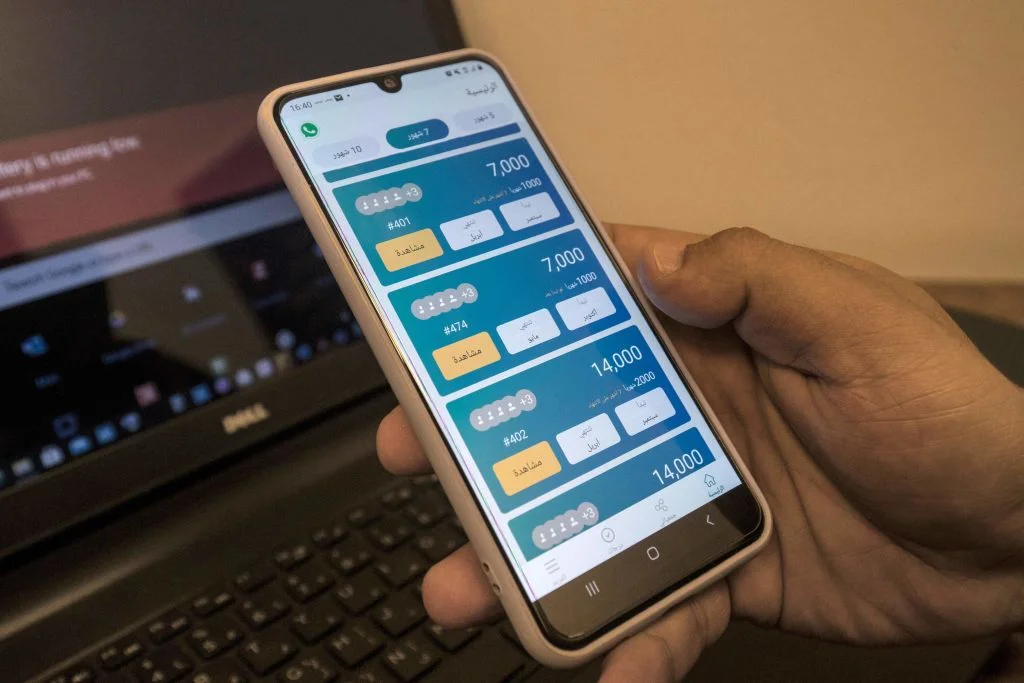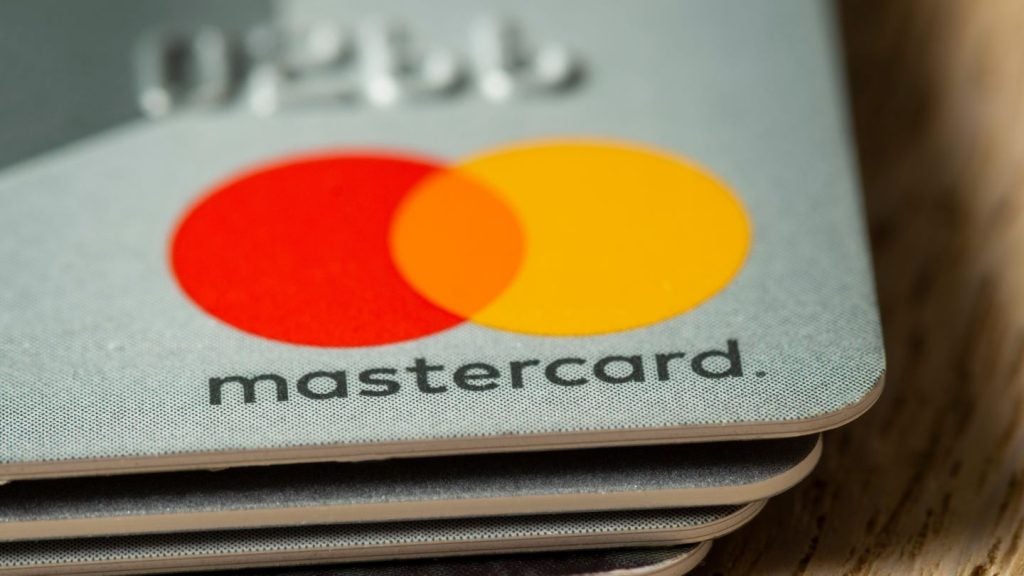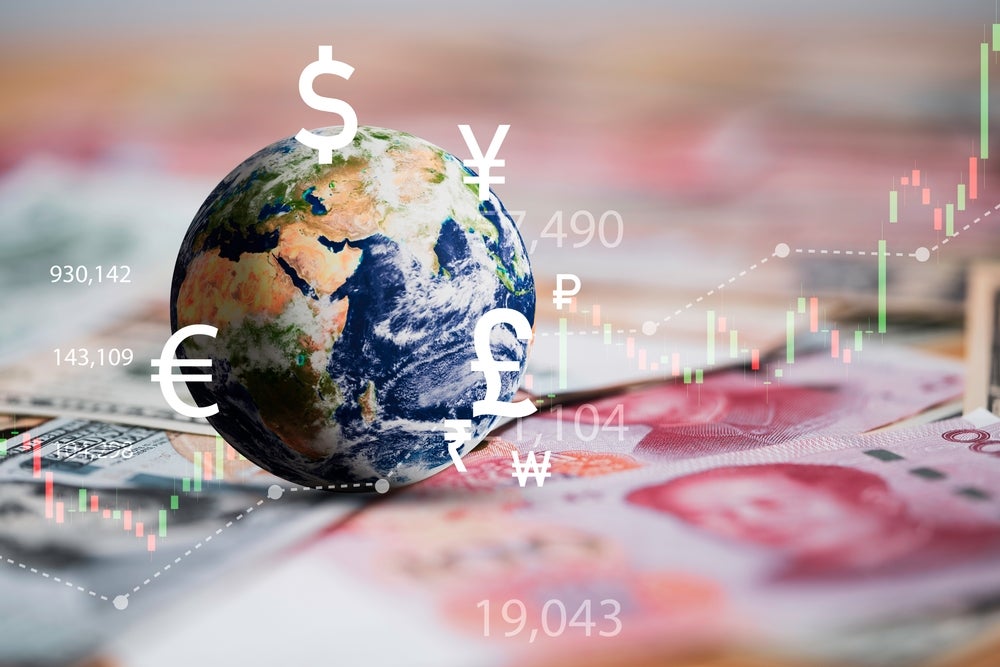
The Covid-19 pandemic reversed years of progress in many sectors, from tourism to transport, but it very much worked to the benefit of others, with one such example being payments.
Due to the lockdowns, social distancing measures and stay-at-home orders, people became more reliant upon paying for goods without leaving the comfort of their homes. This situation resulted in a high demand for digital payments, which onboarded several new clients in services that were permitting such payments. This demand also led other organisations to adopt digital payment methods as a way to either gain new clients or avoid losing them to competitors that offered more convenient ways of paying.
A report from the World Bank states that “more than 80 million adults in India and over 100 million adults in China made their first digital merchant payment, either online or in-store, for the first time after the start of the pandemic. In developing economies, even excluding China, 20% of adults (720 million) made a digital merchant payment in 2021.”
The Covid-19 pandemic has definitely accelerated the shift from offline to online channels in India, with e-commerce payments in the country forecast to grow at a compound annual growth rate of 16.1% between 2022 and 2026 to reach Rs11.2trn ($150.3bn) in 2026, up from Rs6.2trn in 2022, according to GlobalData.
More specifically, GlobalData’s 2022 Financial Services Consumer Survey reveals that alternative payment solutions, such as mobile and digital wallets, are dominating e-commerce in India, with a combined market share of 66.5% in 2022.
Will digital payments help to bank the unbanked?
What about the people that cannot make digital payments? This is a particularly pertinent question in developing countries, as a high number of people, and especially women, have restricted access to mobile phones or the internet, which in turn limits their opportunities to make or spend money. Insufficient documentation, lack of money or distance to financial institutions are among the most common reasons that people remain unbanked.
However, the pandemic also seems to have brought more people into the banking system. Data from the Global Findex 2021 database shows that there was an increase in account ownership in the developing world in 2021.
About 71% of people in the developing world had a bank account in 2021, up from 42% in 2011. Globally, 76% of adults had an account in 2021, compared with 51% ten years ago.
This increase in account ownership, along with the mass adoption of digital payments, has positioned millions of people in the developing world to better manage financial shocks, as sending remittances, paying for services, and receiving wage payments is both easier and safer when the money is moving from account to account.
Covid-19 may have accelerated the digital transformation of financial services, but the influence of technology on financial services had been rising in the years before the pandemic through the shift to online and mobile banking as well as digital payments, the launch of digital challenger banks, the rise of fintech companies, the move to blockchain and digital currencies, as well as the wider use of AI, cloud computing and data analytics.
This greater reliance on technology, which remains high and rising in the post-Covid era, provides several opportunities and challenges. On the one hand, it has boosted the adoption of digital payments and spurred financial inclusion. However, on the other, the acceleration of digital banking has left those who still cannot access finance systems even further behind the rest of the world. The emphasis must be, therefore, in reaching those who remain on the periphery of banking services – something the digital world is much better equipped to do than the physical one.







